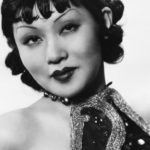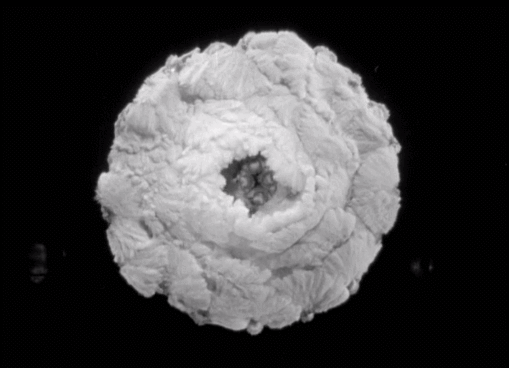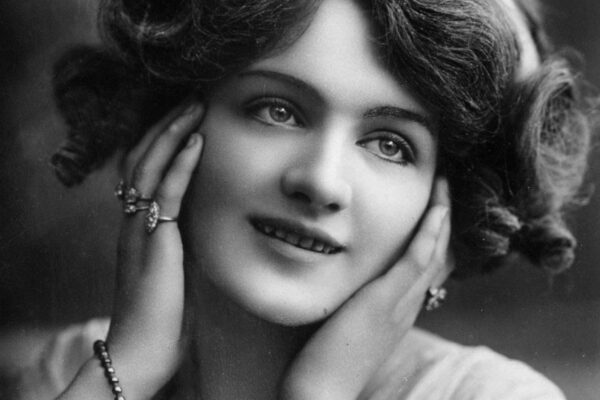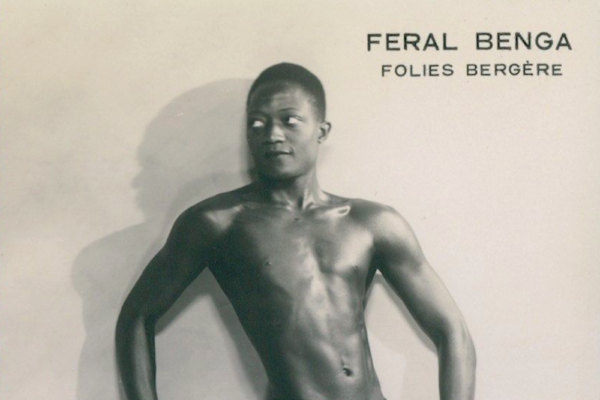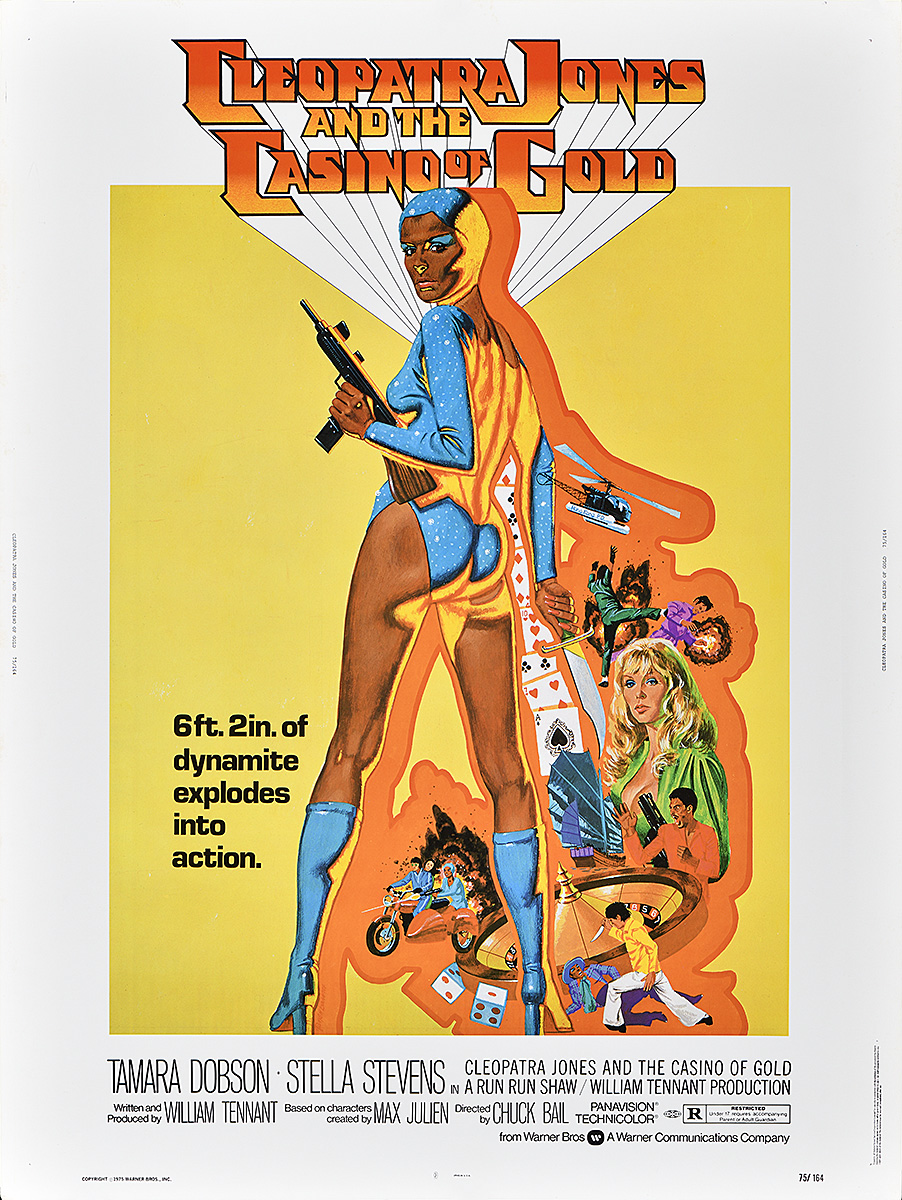
Black Panther swept the box office when it came out in 2018 and quickly became one of the top grossing superhero movies of all time. While it not only boasts a predominantly Black cast, it is one of the few modern films truly centred around Black heroes. There is still a long way to go with representation, but what walked so that Black Panther could fly? We have the lesser known heroes from the 1970’s film movement known as Blaxploitation to thank for that…
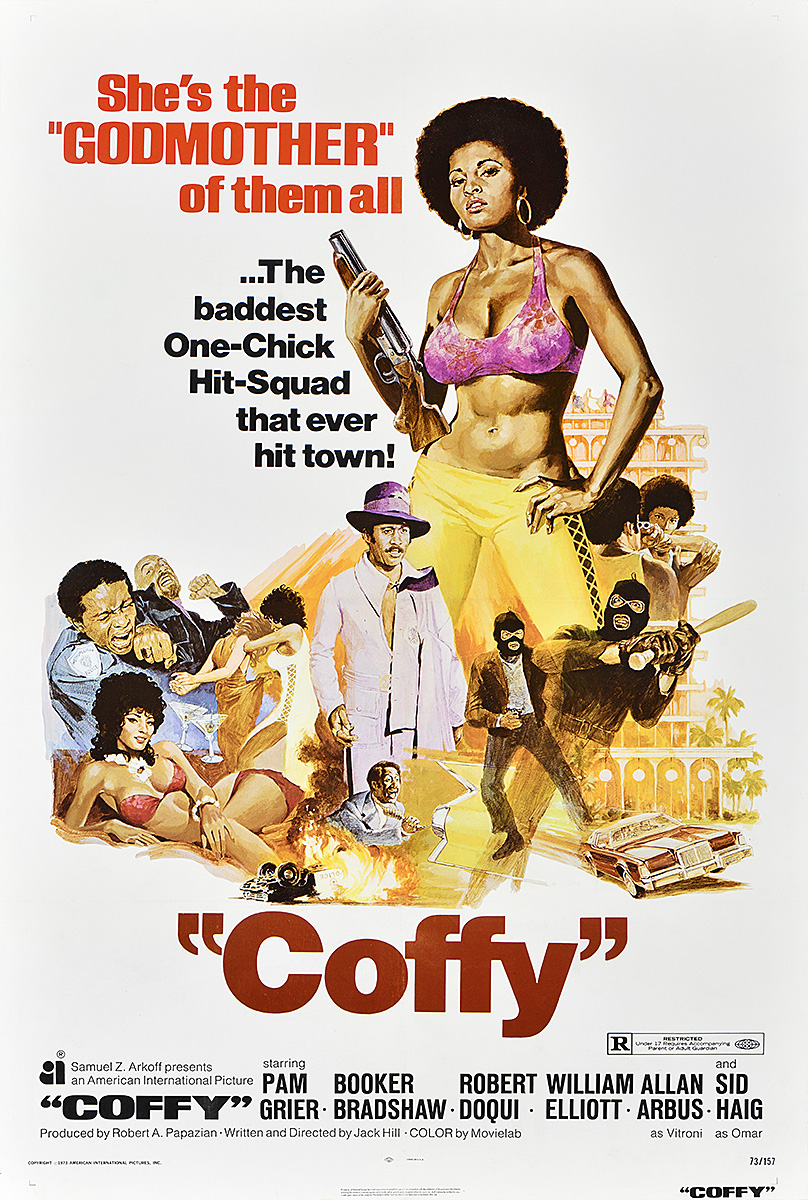
Black superheroes came to box offices for the first time in the 70s thanks to the birth of Blaxploitation films, a term derived from combining the Black culture with the exploitation film genre that made copycat, lower budget B movies in the image of the big blockbusters. They exploited Hollywood trends and further pushed the boundaries of provocative content with sex, violence and horror – think spaghetti westerns, sexed-up sci-fi space movies, and zombie and slasher flicks that mirrored the basic format of Halloween but became cult classics in their own right. Since there were less rules when it came to exploitation films, more chances could be taken, which is how the Blaxploitation sub-genre came into its own.
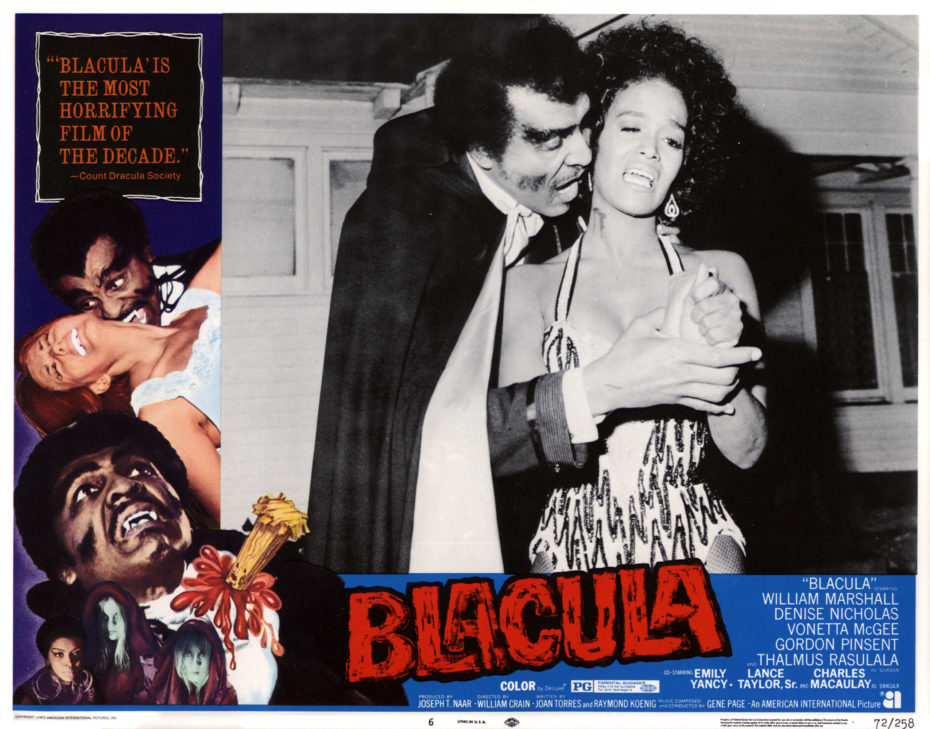
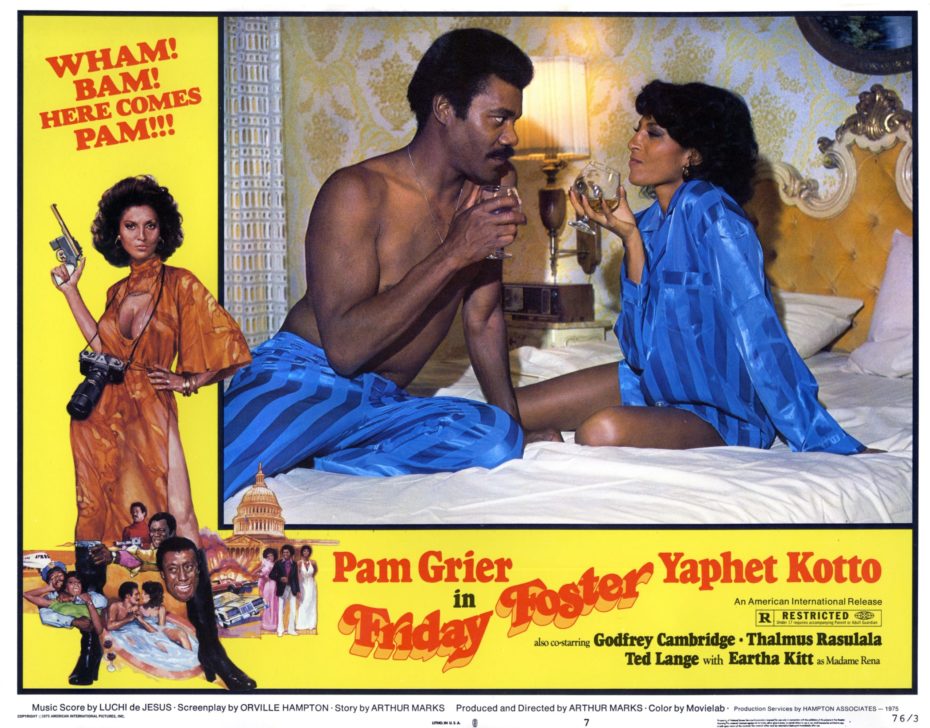
At the time Black actors were generally cast typed as villains, sidekicks or victims. There was no space for the African American audience to see themselves as the hero. That is, until the 1971 release of Sweet Sweetback’s BaadAsssss Song, a tale of a male sex worker nicknamed Sweetback, who spends the movie evading police after defending a Black Panther who was the victim of police brutality. It was a film by Melvin Van Peebles who not only wrote and directed the film but also starred in it as well. Movie audiences had never seen a Black protagonist they could root for before and Sweet Sweetback’s BaadAsssss Song went on to earn more than $10 million despite being produced on a shoestring budget of one hundred thousand dollars. The audiences had voted with their wallets and despite criticism from some Black critics that called the film was derogatory and obscene, the genre of Blaxploitation was officially born. Co-founder of the Black Panther party Huey P. Newton, said it was the first “truly revolutionary black film ever made”.
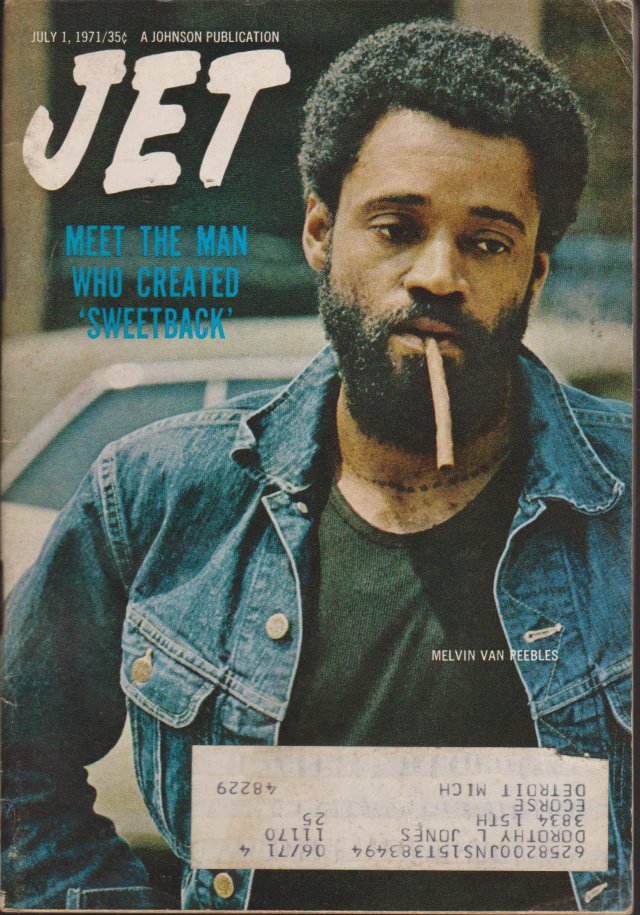
Blaxploitation films not only let audiences see heroes who looked like them on screen, but they also often involved these same communities in their creation. Take the film Cotton Comes to Harlem, produced around the same time as Sweet Sweetback’s BaadAsssss Song, was filmed in Harlem and employed many of its residents to work on the crew or as extras. Blaxploitation films were also the first to have soundtracks that exclusively featured urban funk music and soul artists.
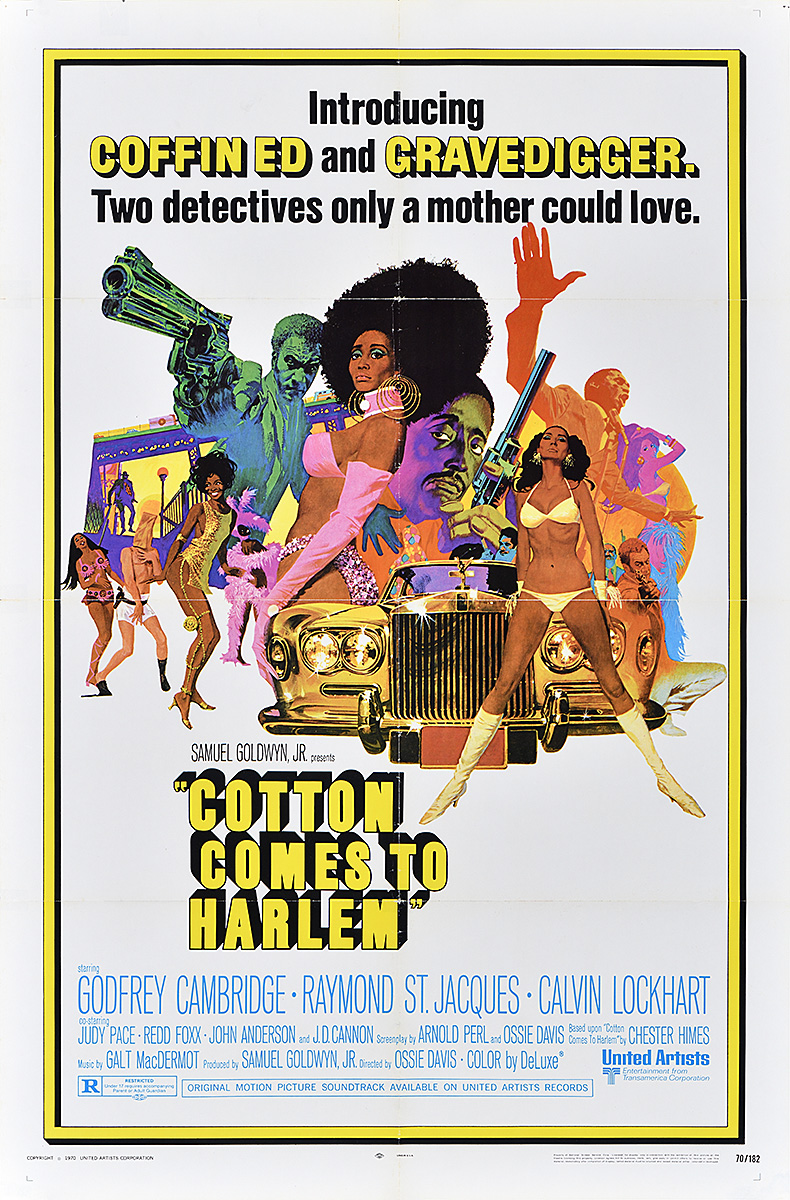
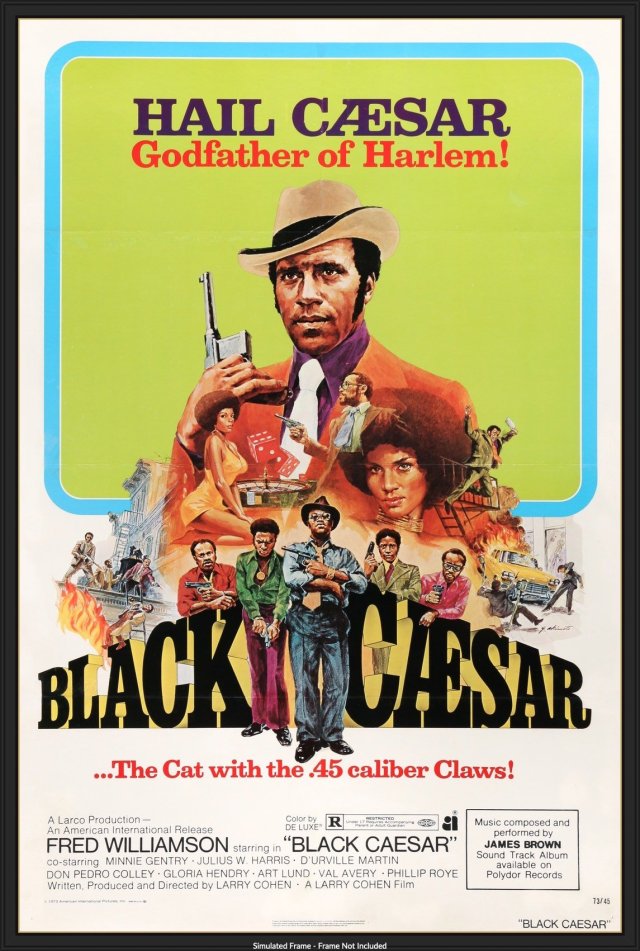
While the films were viewed by many as a welcome new chance for representation, others felt they did more harm than good however, arguing that they merely propagated society’s existing racial stereotypes. It was in fact the president of the Hollywood NAACP (National Association for the Advancement of Colored People) who coined the term “Blaxploitation” as a form of critique, stating that the genre played off of his community’s most detrimental stereotypes.
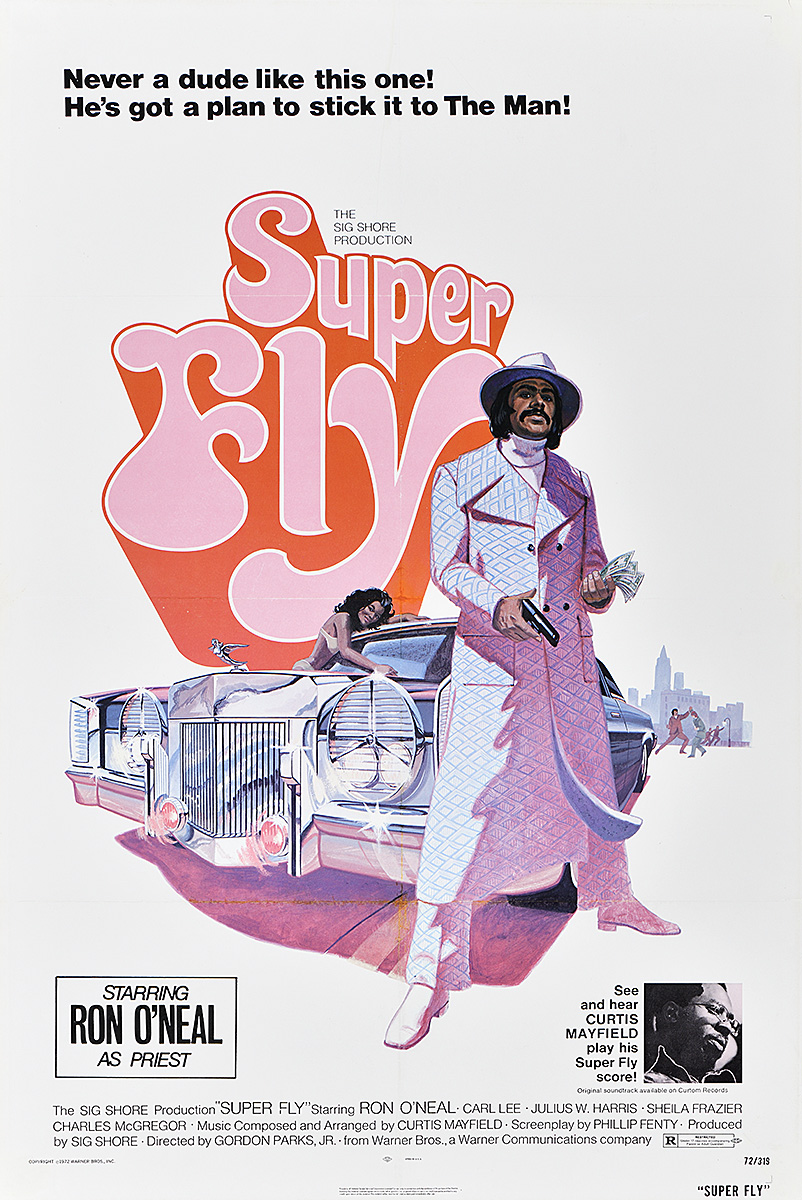
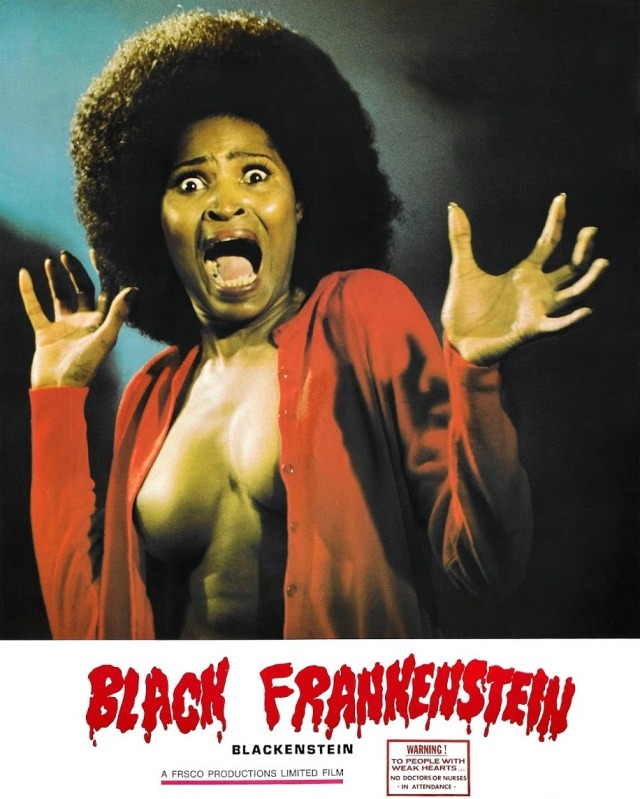
And he wasn’t entirely wrong. Female characters were often over sexualised, while the African-American male protagonists doubled as pimps or drug dealers whose stories unfolded in all-Black communities that also happened to be a hotbeds for crime. Still, the genre would go on to influence filmmakers in the late 1980s and 90s such as Spike Lee, John Singleton (Boyz n the Hood) and Allen and Albert Hughes (Menace II Society), who took elements of the blaxploitation movement while also challenging its glorification of common white stereotypes about Black people.
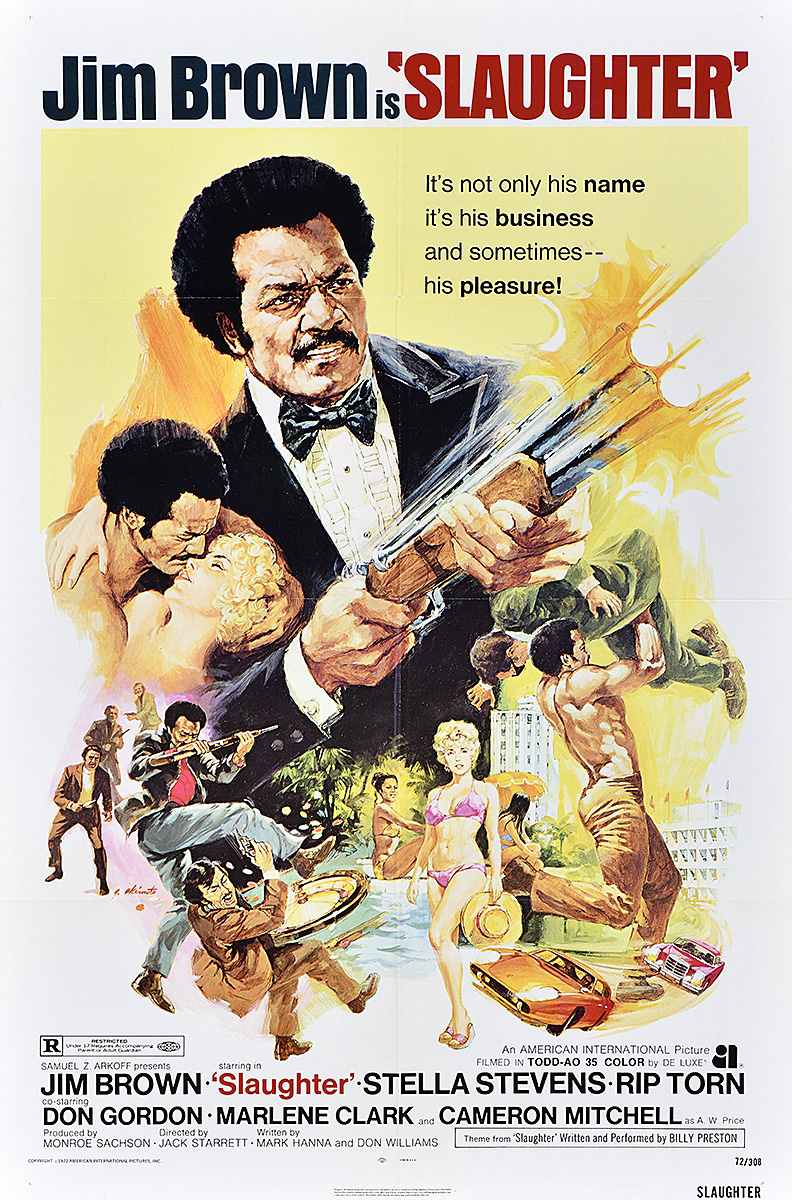
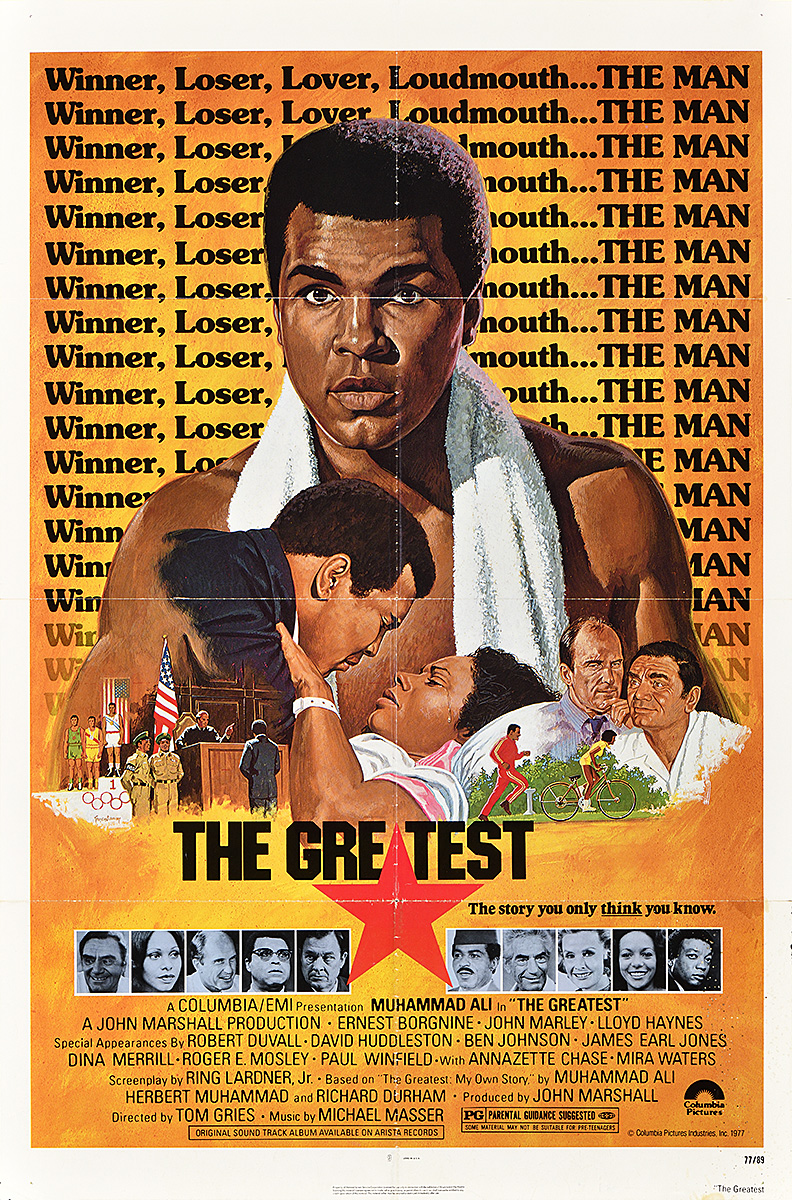
Since blaxploitation films did not have large budgets for advertising, their posters had to do all the talking for them. The marketing material would turn out to be some of the first examples of the “Black is beautiful” movement, as well as Black Power being used in advertising. Thanks to this, even people who didn’t actually see these movies were impacted by these works of art, and they helped propel Black pride and representation across America.
Complex magazine has a good crash course in this era of anti-establishment filmmaking with the “Best Blaxploitation Movies of All Time“, including Blackenstein (1973), Black Caesar (1973), Cooley High (1975) and better-known titles such as Foxy Brown, Dolomite and of course, Shaft.
Don’t miss the last few days of a unique exhibition celebrating Blaxploitation posters, ending February 6th at the Poster House in New York. Might we suggest grabbing a coffee from their cafe located directly before the exhibit and taking a moment to actually read through the informational pamphlets given to you with your ticket before proceeding into the exhibit. It adds a whole layer of appreciation to the visit.




